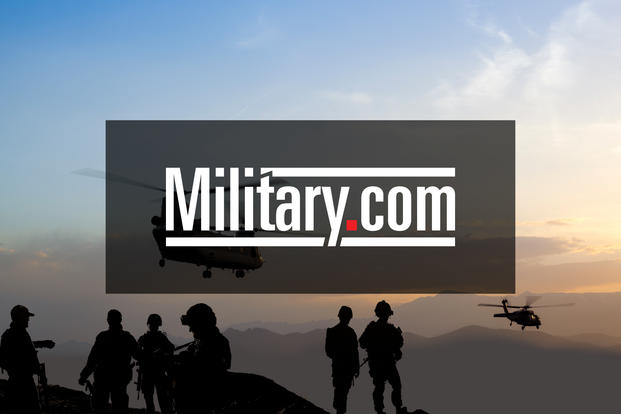Even as the U.S. Army prepares to grow, Lt. Gen. Joseph Anderson still worries about units not having enough time to recover between deployments amid a rising demand for the service to take on more missions.
President Donald Trump's pledge to increase defense spending by $54 billion in fiscal 2018 will allow the Army to go to a 476,000-soldier active force by Oct. 1.
The move will also give leaders some flexibility to meet demands around the globe since it reverses the plan to shrink the service to 450,000 active force.
Despite the increase, Anderson, the Army's deputy chief of staff for operations, plans and training, said Tuesday he's concerned that the increasing demand for the service to take on more missions is placing too much strain on operational units.
"I still worry about our demands," he told an audience at the Association of the United States Army's Global Force Symposium and Exposition in Huntsville, Alabama. "We have got to find a way for people to reset."
Anderson said he recently talked to soldiers deployed in Poland who "weren't really sure what their objectives were."
"When I got a kid looking at me telling me 'I enjoyed Kuwait better than Poland,' I say, 'Are you kidding me son?'" he said. "He said, 'I'm not kidding you. I knew what I was doing. We were very focused, and we knew what our task and purpose was.'"
The Army is now juggling deployments using a "sustainable readiness model," Anderson said.
"That does not mean after you come back from a rotation everybody PCSs, ETSs," he said, referring to permanent changes of station and expirations of term of service. "You park the vehicles in the motor pool and nobody does anything for six months and a unit goes kaput."
Under sustainable readiness, a unit coming back will very quickly fall into a training plan to prepare them for the next rotation, which could be drastically different than the previous deployment.
As with 3rd Brigade, 4th Infantry Division, returning from Operation Spartan Shield in Kuwait, "now you are going to Atlantic Resolve in Europe. What things and tasks do you have to do to go from one type of fight to the next type of fight?" Anderson said.
"Available windows don't mean as much anymore. If we need you -- then based on how we assess you -- you may find yourself going," he said. "We keep getting the calls to go in and do stuff; it takes everything we've got to get out there, so you may not be 'in the available window' when you get told to go."
Eventually, the Army's active force may grow to 540,000, but for now the service will have to cope with this increasing demand with 476,000, Anderson said.
"As the numbers go up, as we keep sending more [soldiers] incrementally into Iraq, it adds up fast, and my issue is the sustainability," he said, stressing the importance of the service's Total Army Concept, which depends on the National Guard and Reserve, not just the active force, to fulfill national-security needs.
"Without everybody in, we ain't going to make it," he added. "The 476,000 gives us a little bit of flex, but like I said it still keeps us in a moderate risk arena. It doesn't change it. It doesn't solve everything."
Anderson said, "A little bigger would be better, but something has got to give. At some point, you got to raise the end-strength or you've got to meter the demand."
-- Matthew Cox can be reached at matthew.cox@military.com.






























